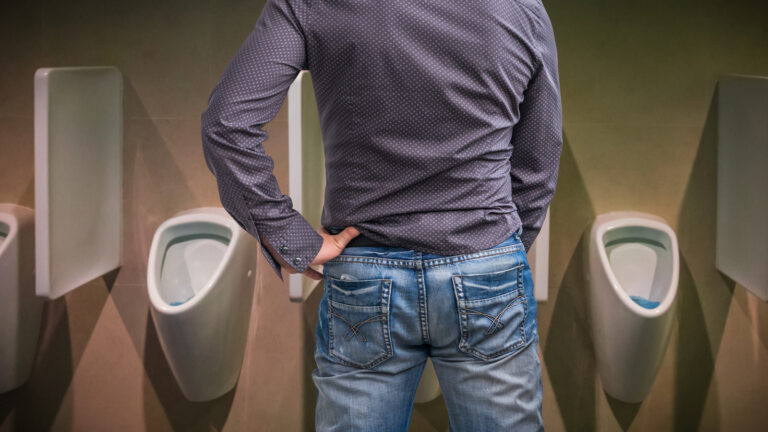
Have you noticed how when you walk out of your home on a cold winter day with snow all around you, the entire atmosphere around you just seems all that brighter? One reason for this is that the snow and ice around you are reflecting the sun’s rays. So UV rays are coming from above and below you, so to speak. And while this might seem interesting in theory and even welcome on days when the days are a lot shorter, your peepers may not always think so.
Overexposure to UV rays from the sun can result in painful snow blindness. Your cornea can become irritated, you might experience light sensitivity, and even a burning sensation in your eyes — it’s kind of like sunburn but in your eyes. It is also possible that the snowy weather can cause your cornea’s surface to become frozen and dry, per the American Academy of Ophthalmology.
Other symptoms of snow blindness include redness, pain, blurred vision, watery eyes, headache, twitching eyelids, and sometimes temporary vision loss and changes in the colors you see. If you’re seeing halos around bright lights and pain is accompanied by it, this could be a sign of photokeratitis too, according to WebMD. Also, ever notice how you don’t see your sunburn until you come back home and strip off your clothes after a day at the beach in the summer? Photokeratitis in the winter is the same. You may not notice anything until the damage is done, but it doesn’t last forever, as CNN reported.























